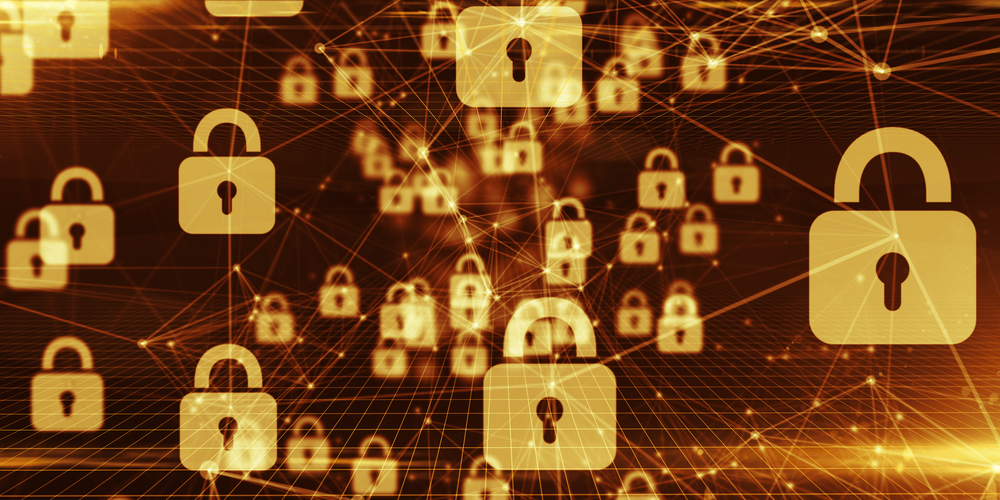IoT Gadgets and Privacy Concerns: Addressing Security Risks

The Internet of Things (IoT) is an increasingly pervasive technology in today’s world. It refers to the network of interconnected devices and sensors that collect and share data through the internet. While the IoT presents many benefits and opportunities, there are also significant privacy and security concerns that must be addressed to ensure the safety and protection of users.
Security Concerns of IoT
One of the most significant concerns of IoT is the potential for security breaches. IoT devices are often designed with communication and convenience in mind, rather than security, making them vulnerable to hackers and cyberattacks. This can result in unauthorized access to data, control over devices, and even physical harm to individuals.

Security Risks of Unsecured IoT Devices
Unsecured IoT devices can pose significant risks, as demonstrated by the Mirai botnet attack in 2016. The attack exploited a vulnerability in unsecured IoT devices such as cameras and routers, infecting them with malware and turning them into a massive network of bots that launched a distributed denial-of-service (DDoS) attack. This attack caused widespread disruption, from knocking out prominent websites to disrupting hospital systems, highlighting the dangers of unsecured IoT devices.
Privacy Concerns of IoT
In addition to security concerns, IoT also raises significant privacy concerns. IoT devices often collect personal and sensitive data, which can be used for malicious purposes such as identity theft, financial fraud, or even physical harm such as stalking or burglary.

Data Privacy Risks of IoT Devices
IoT devices often collect and transmit data in real-time, which can include information such as location, health data, and personal preferences. This data is vulnerable to interception and hacking, which can lead to identity theft and financial fraud. Additionally, companies may also collect and analyze this data to target individuals with ads or other marketing materials based on their behavior and preferences, raising questions about data privacy and consumer rights.
Ways to Secure IoT Devices
There are several strategies that can be used to secure IoT devices:
Strong Passwords and Encryption
Ensuring that all IoT devices are password-protected and encrypted is essential to prevent unauthorized access. Passwords should be complex, and different for each device, to make it harder for hackers to gain access. Likewise, encryption should be end-to-end, protecting data both during transit and while stored on the device.
Software Updates and Patches
Keeping IoT devices up-to-date with the latest software updates and patches is also critical to minimize the risk of security breaches. Updates often contain bug fixes and security enhancements, which can help address known vulnerabilities that could be exploited by hackers.

Tightening Network Security
Another strategy is to tighten network security by using firewalls and other protective measures to keep hackers out. This can include implementing network segmentation, which separates devices into different zones with different levels of protection and access control.
Implications of IoT Security and Privacy Risks
The risks of IoT security and privacy go beyond individual users and can have significant implications for businesses and society as a whole.
Business Implications
For businesses, IoT presents both opportunities and risks. On the one hand, IoT devices can increase efficiency, reduce costs, and provide valuable insights into customer behavior. However, on the other hand, security breaches and data privacy violations can erode trust, damage brand reputation, and result in legal and financial liabilities.
Societal Implications
IoT security and privacy risks also have broader societal implications. In particular, the collection and misuse of personal data by governments and corporations can lead to erosion of privacy rights and potential discrimination against vulnerable populations such as minorities and the elderly. Additionally, the potential for physical harm from hacked IoT devices such as medical devices and autonomous vehicles can have devastating consequences.
Conclusion
In conclusion, IoT presents many opportunities and benefits, but it also raises significant privacy and security concerns that must be addressed urgently. The risks of unsecured IoT devices go beyond individual users and can have far-reaching implications for businesses and society as a whole. By implementing strong security measures, updating device software, and tightening network security, we can reduce the risk of security breaches and protect our data and privacy from potential adversaries.

Source image : thecybersecurity.news

Source image : www.activeco.com

Source image : www.indrastra.com





